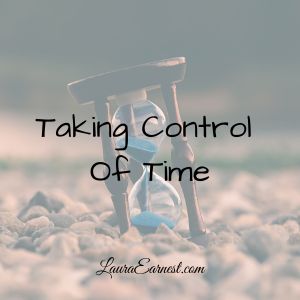I struggle with procrastination, especially if the list of items seems overwhelming. I try to read everything I can, including articles by Leo Baubata (ZenHabits), and Charlie Gilkey (Productive Flourishing). But Mark Forster really hit a home run by bringing relative difficulty into it.
Relative Difficulty
The essence of this approach is to take your to do list in pairs. One task will seem relatively easier than the other, and you should do this one. There will always be one that seems easier, even if the task looked at singly would not seem easy at all.
Putting Relative Difficulty to Work
Instead of spending your time resisting one tasks, it makes more sense to work through the rest of the list using relative difficulty comparisons. That way you will be doing something, getting more done, and also get yourself moving. This will increase your chances that the inertia created will get you moving on your hardest task.
Pros and Cons
I don’t think this is a method to use on a regular basis, because it would lose its effectiveness. Also, I think it must be used on a finite list such as the ones Mark Forster recommends in Do It Tomorrow and Other Secrets of Time Management* , for if you had an infinite amount of little tasks you would get mired in doing little nothings. However, I think it is a good way to get moving on lists and definitely a good way to get moving when resisting the top of the list.







